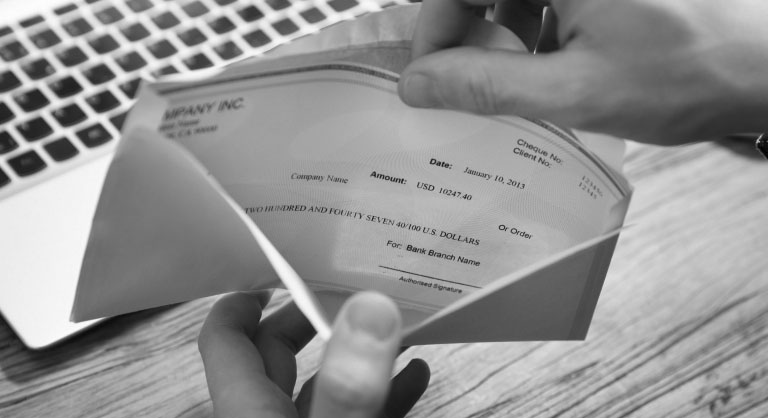Client Alert: U.S. Department of Labor Issues Final Rule On Calculating “Regular Rate” of Pay
For the first notable time in over 50 years, on December 12, 2019, the U.S. Department of Labor (the “DOL”) announced a Final Rule (the “Rule”) on what is to be included in an employee’s regular rate of pay when calculating overtime wages under the Fair Labor Standards Act (the “FLSA”). This Rule becomes effective January 15, 2020.
Under the FLSA, employers must pay non-exempt employees overtime for all hours worked over 40 hours per work week. Such overtime is paid at one and one-half times an employee’s regular rate of pay, which includes “all remuneration for employment paid to, or on behalf of, the employee,” divided by the number of hours worked. While most monetary forms of compensation and payments must be included in the regular rate of pay, the DOL’s regulations allow certain categories of payments to be excluded from the regular rate of pay.
However, the previous DOL regulatory landscape governing the calculation of the regular rate of pay did not address the inclusion or exclusion of present-day perks and benefits (i.e. wellness and fitness programs, etc.), creating an air of uncertainty when calculating the regular rate of pay. Now, the Rule clarifies which perks and benefits must be included or may be excluded from the regular rate of pay and, according to the DOL, “provides clarity that allows employers to provide more benefits to their employees without unknown overtime consequences or litigation.”
The Rule clarifies that employers do not have to include the following payments and benefits in the regular rate when calculating overtime:
- Cost of providing certain parking benefits, wellness programs, onsite specialist treatment, gym access and fitness classes;
- Employee discounts on retail goods and services;
- Certain tuition benefits (whether paid to the employee, an education provider or a student-loan program);
- Adoption assistance;
- Payments for unused paid leave, paid sick leave, or other paid time off;
- Payments for certain penalties required under state and local laws related to scheduling;
- Reimbursements for expenses including cell phone plans, credentialing exam fees, organization membership dues, and certain travel expenses, even if such expenses are not incurred “solely” for the benefit of the employer;
- Certain sign-on and longevity bonuses;
- Free office coffee and snacks;
- Discretionary bonuses; and
- Contributions to benefit plans for accidents, unemployment, legal services and other events that could cause future financial hardship or expense.
Notably, with respect to discretionary bonuses, the Rule clarifies that the label given a bonus does not determine whether it is discretionary; rather, a factual analysis of the specific bonus at issue will be used to determine whether it may be excluded from the regular rate. The Rule specifies that bonuses are discretionary and excludable from the regular rate only if both of the following conditions are met: (i) the fact that the bonus will be paid and the amount of the payment are determined at the sole discretion of the employer at or near the end of the period to which the bonus corresponds, and (ii) the bonus is not paid pursuant to any prior contract, agreement, or promise causing the employee to expect the payment.
In addition, the Rule provides that “call-back” payments must be “infrequent and sporadic” but must not be prearranged in order to be excludable from an employee’s regular rate.
Finally, the Rule updates the “basic rate,” which is authorized under the FLSA as an alternative to the regular rate under specific circumstances. Employers using an authorized basic rate may exclude from the overtime computation any additional payment that would not increase total overtime compensation by more than 40 percent of the higher of the applicable local, state, or federal minimum wage a week on average for the overtime workweeks in which the employer makes the payment.
The revised Rule is worthy of a precise examination, especially by individuals designing and implementing compensation, benefits, and payroll. Employers should review all earnings codes currently used for nonexempt employees, determine each one currently included in the determination of the regular rate of pay, and compare those findings with the Rule to see if changes are warranted.
Categorized: Publications
Tagged In: Fair Labor Standards Act, FLSA, overtime, regular pay rate










